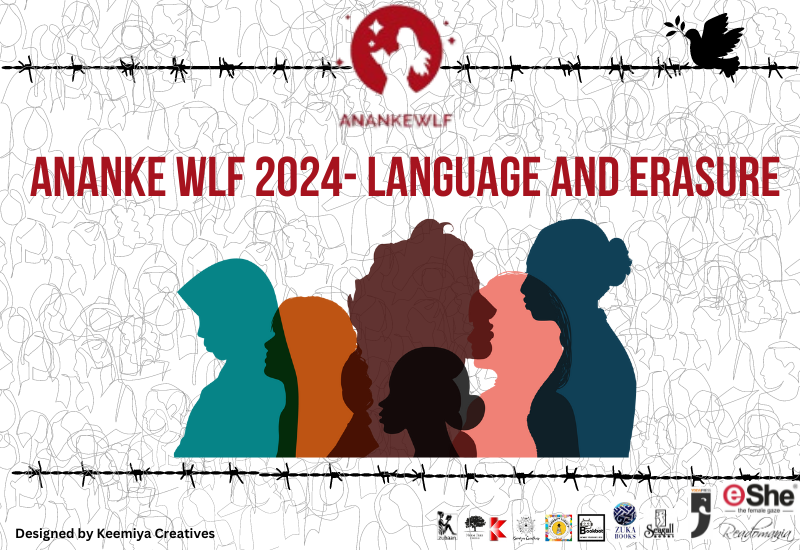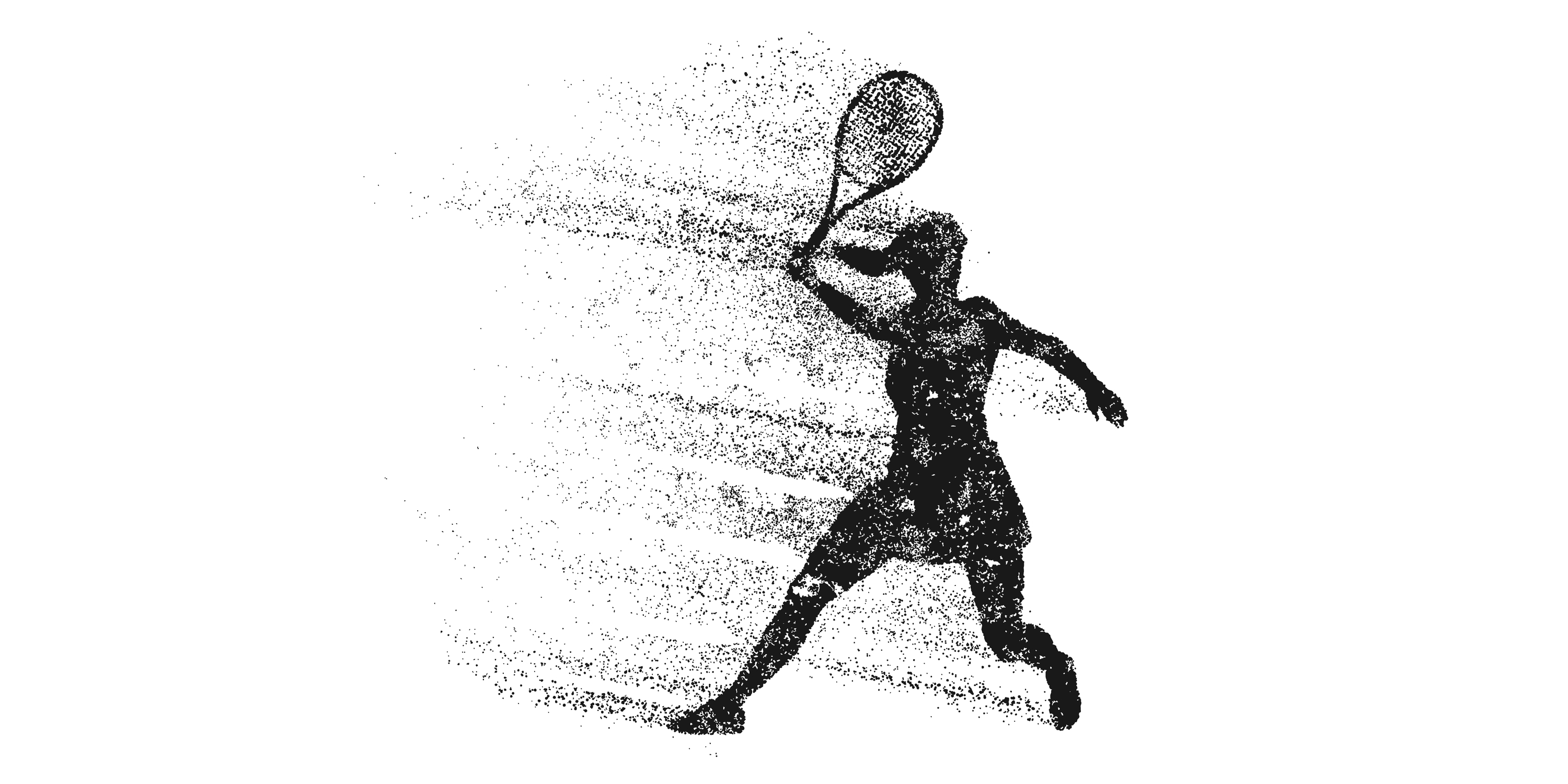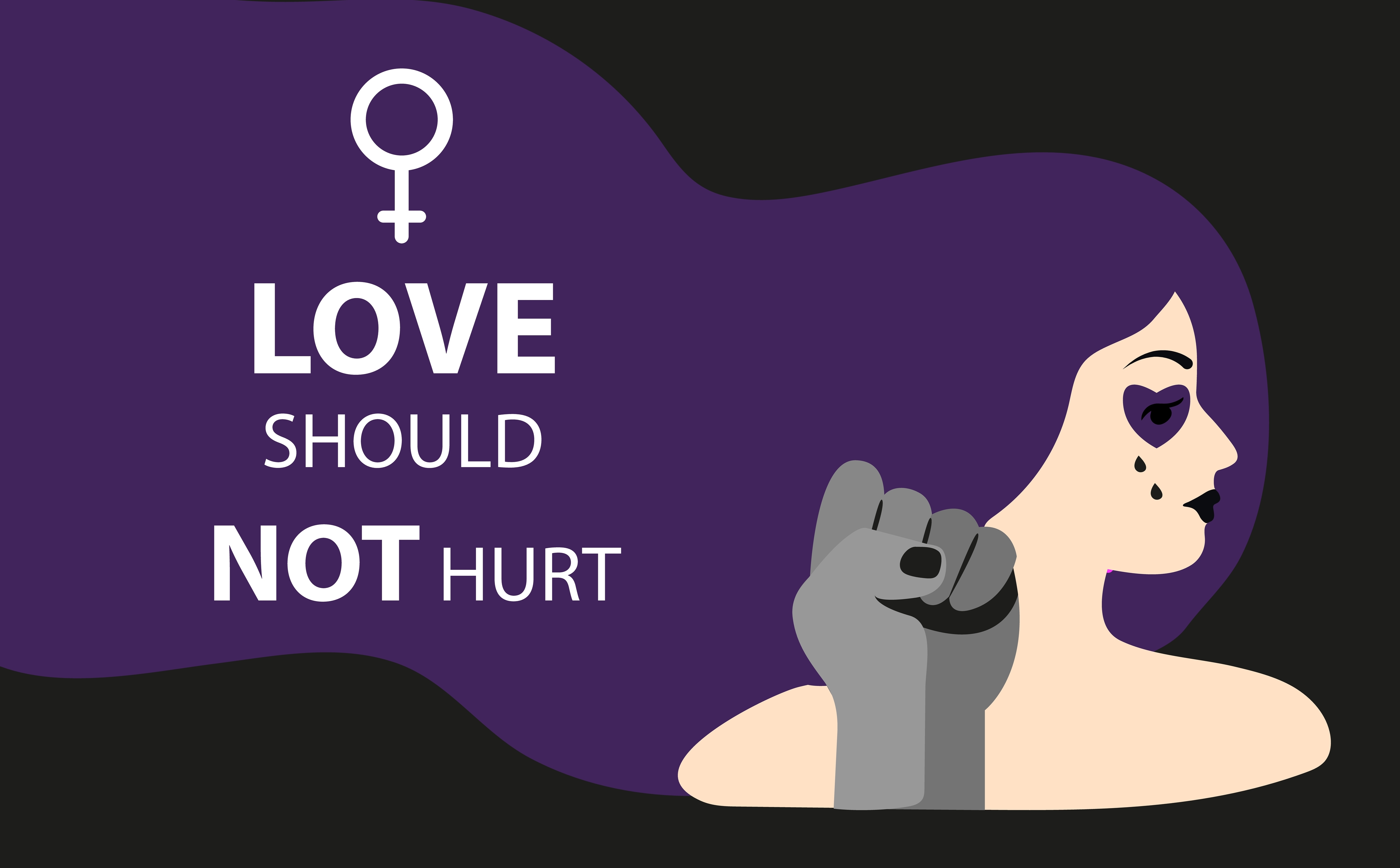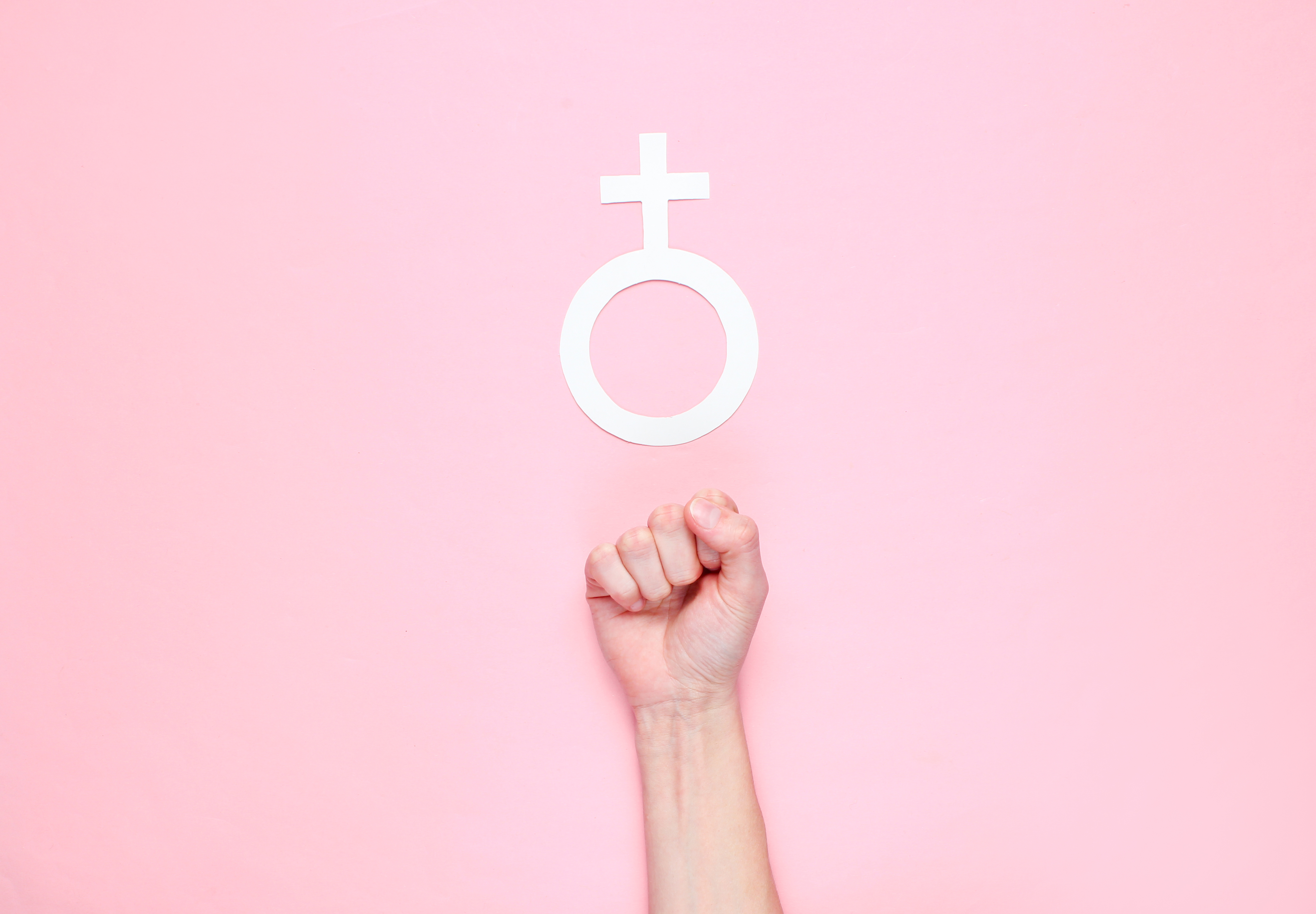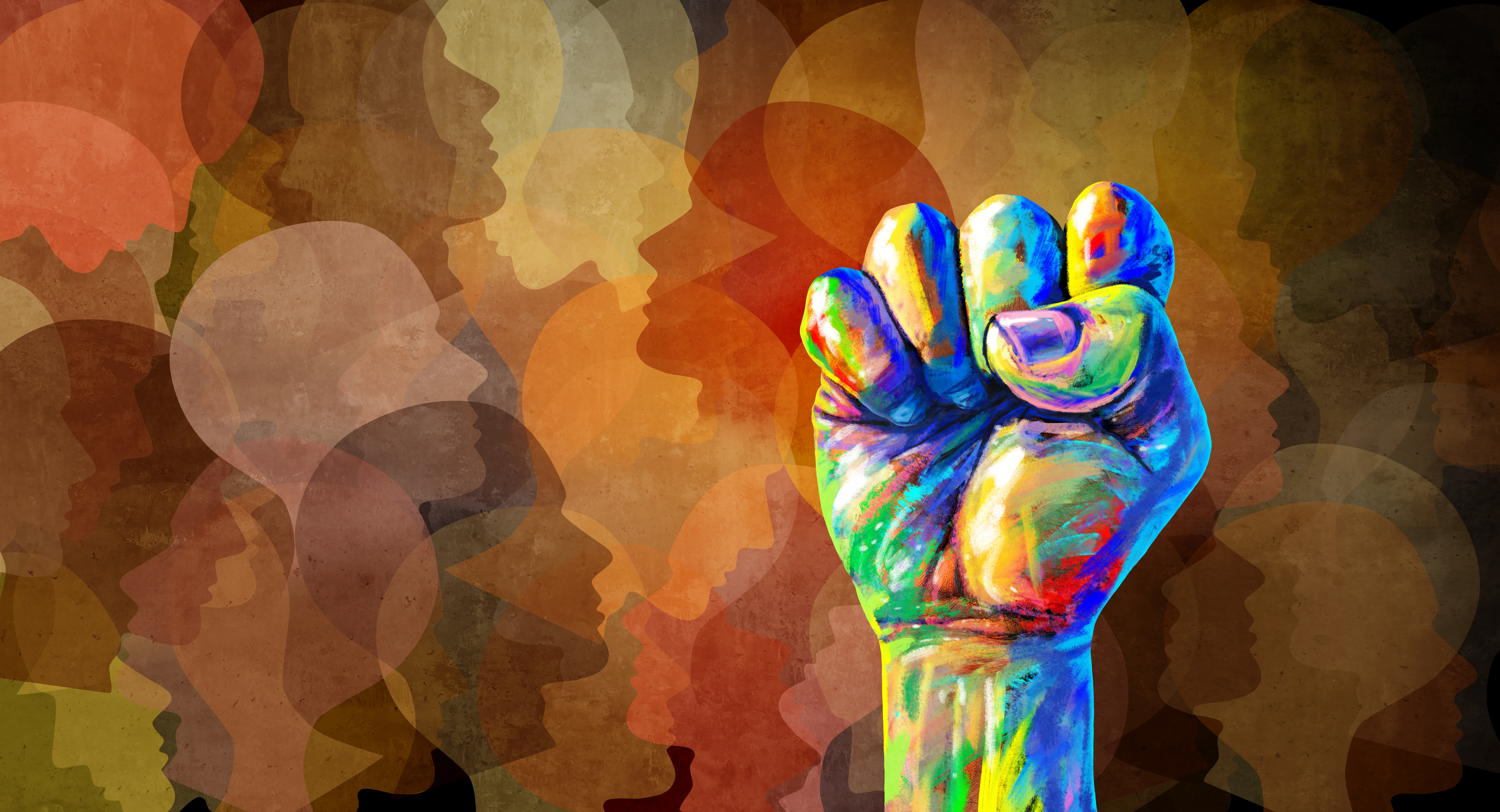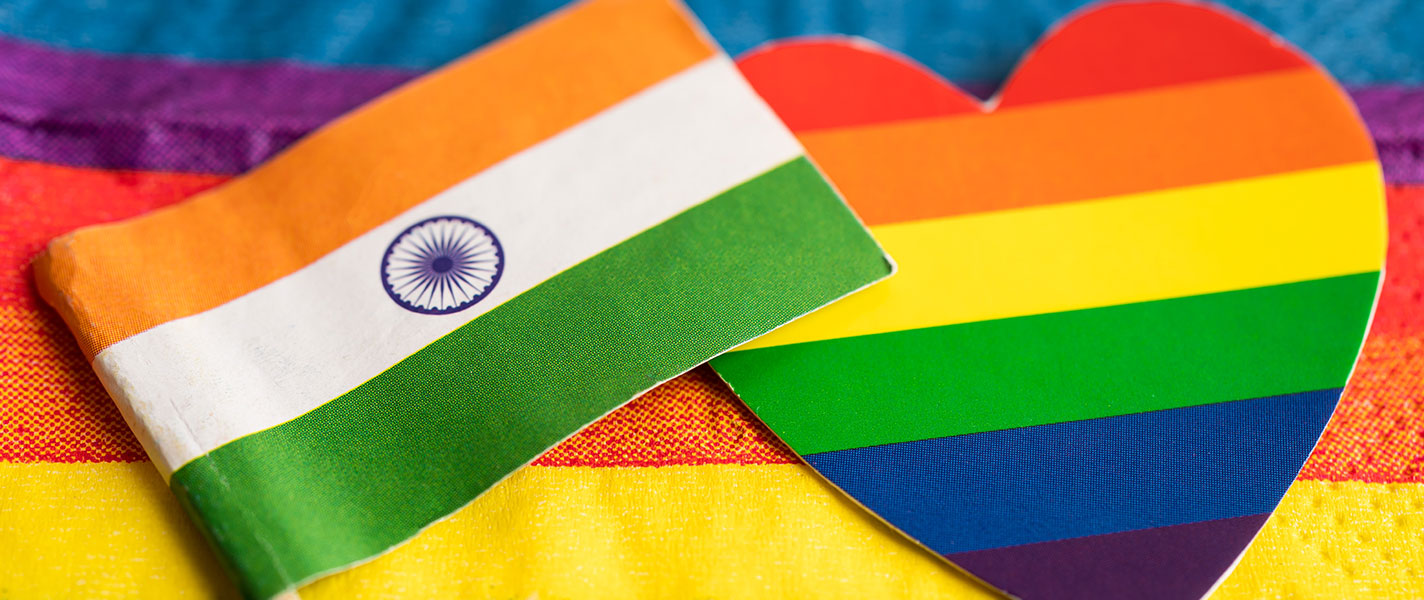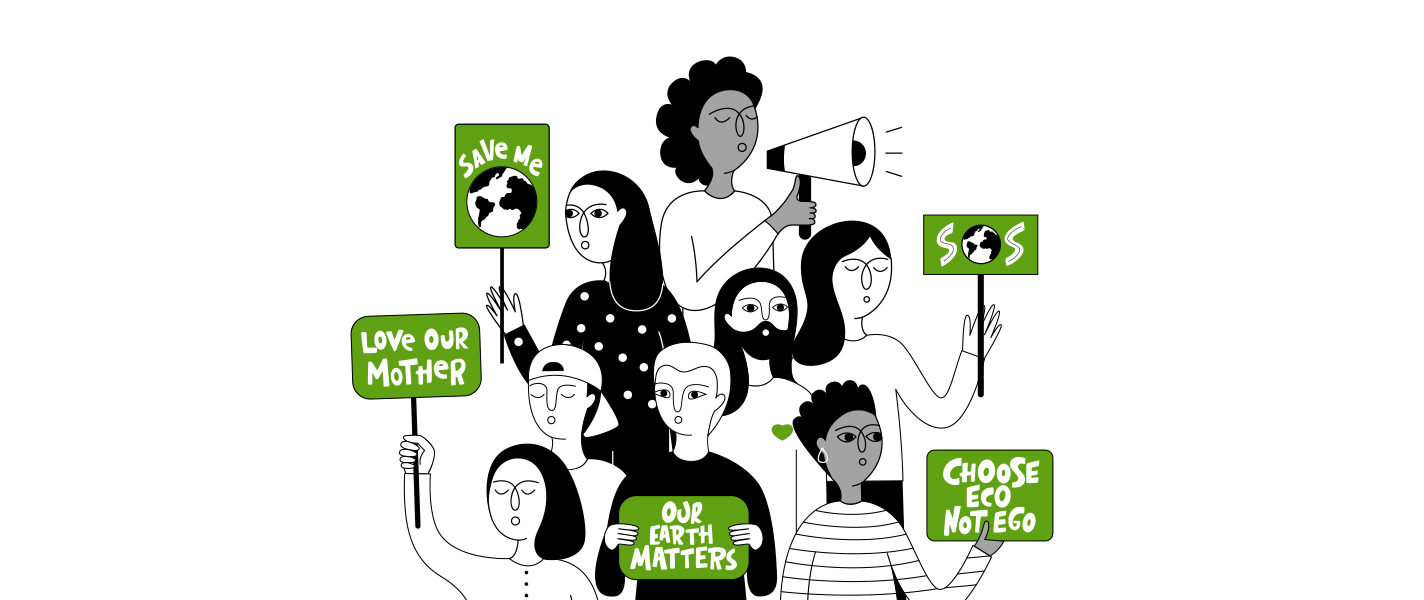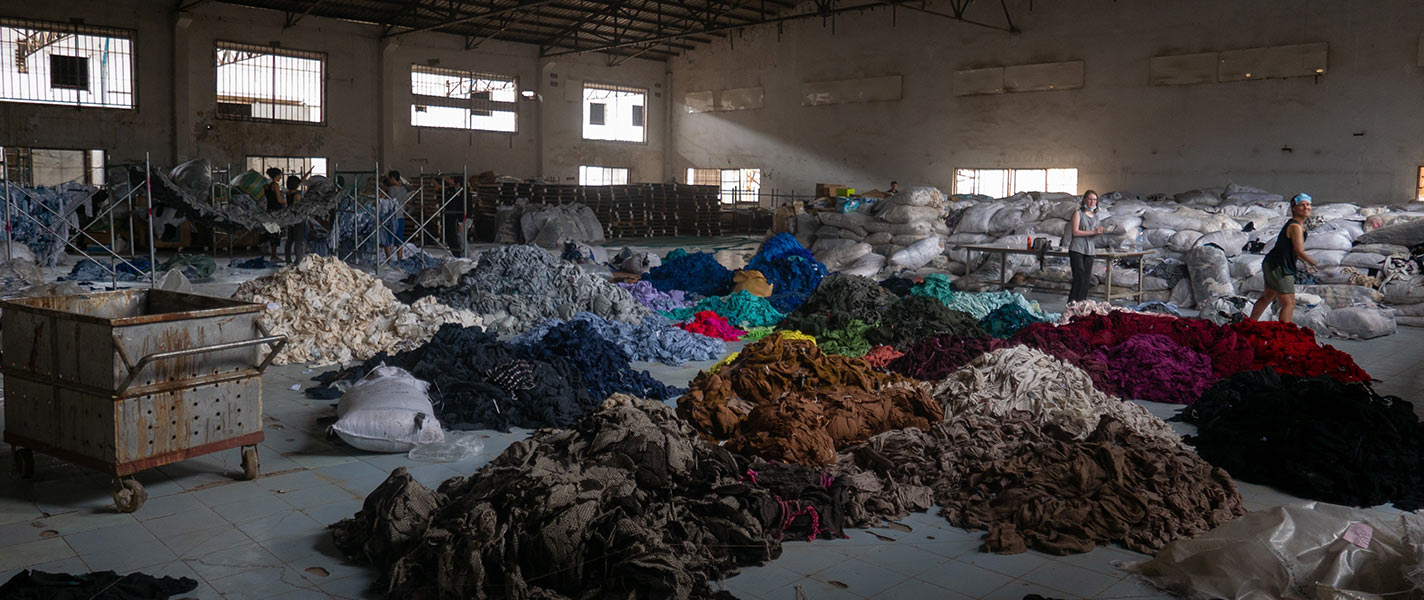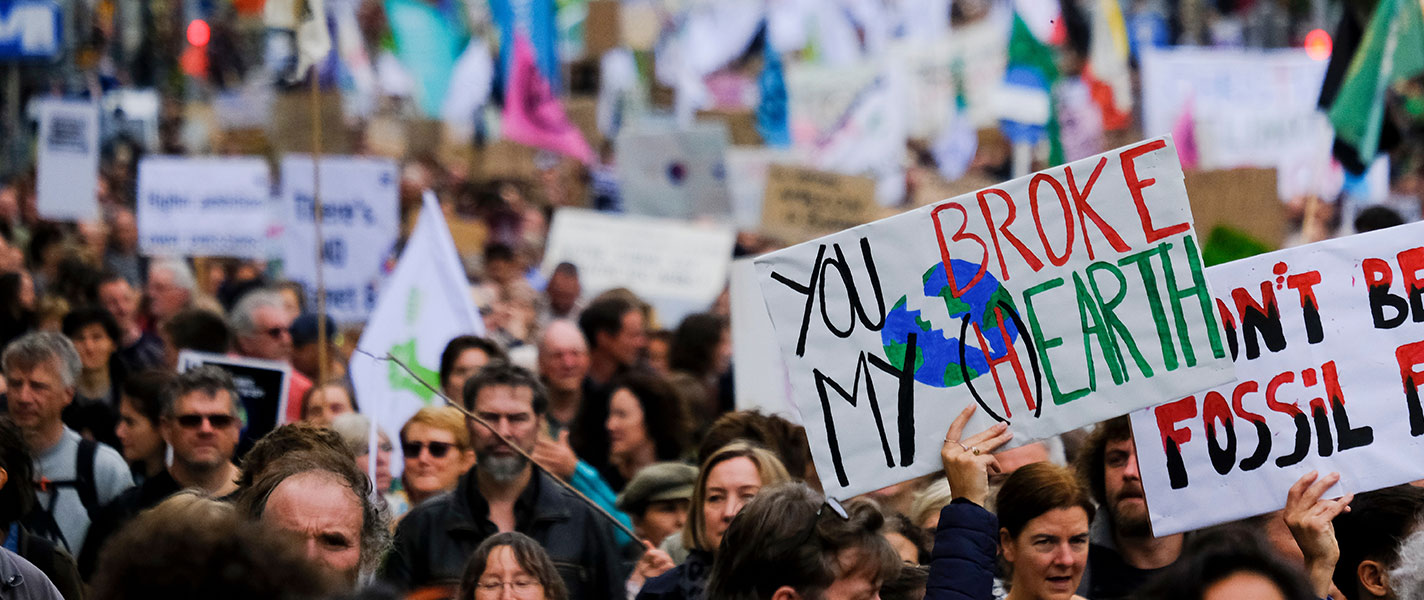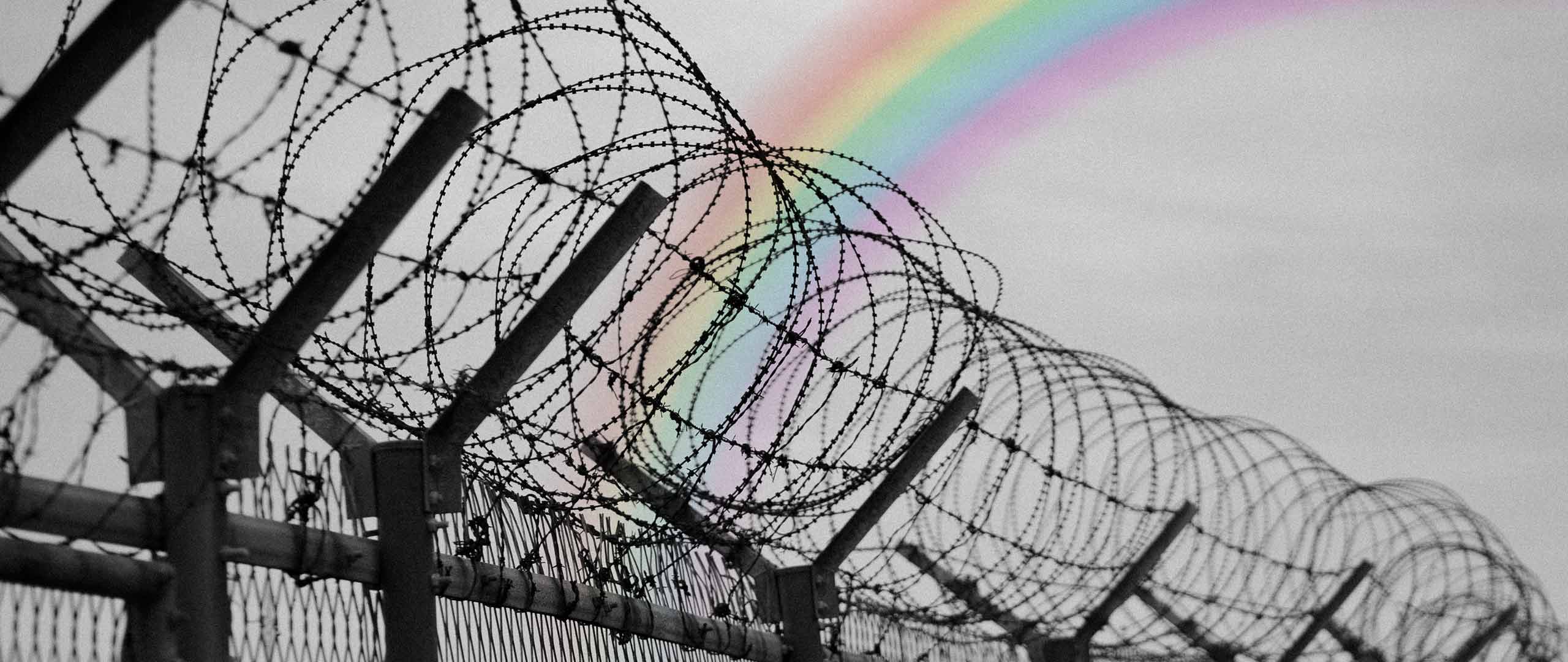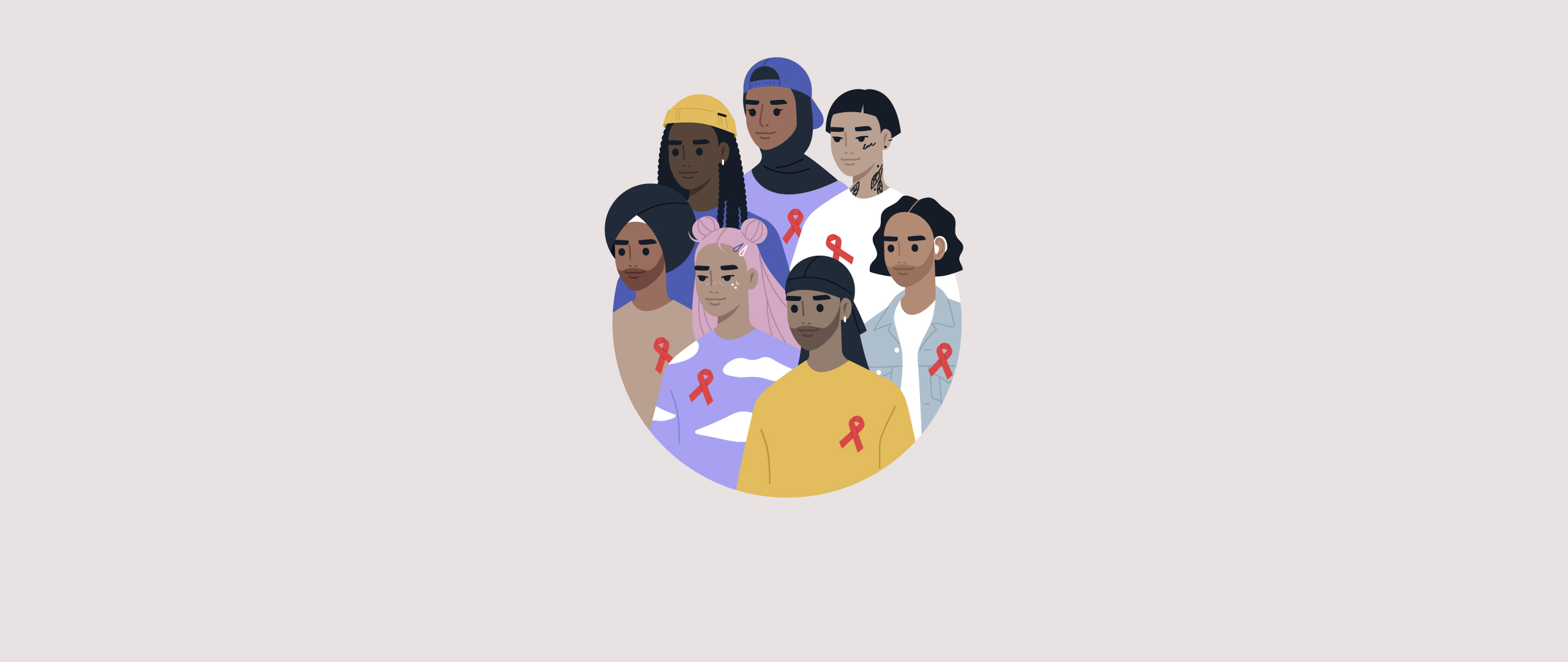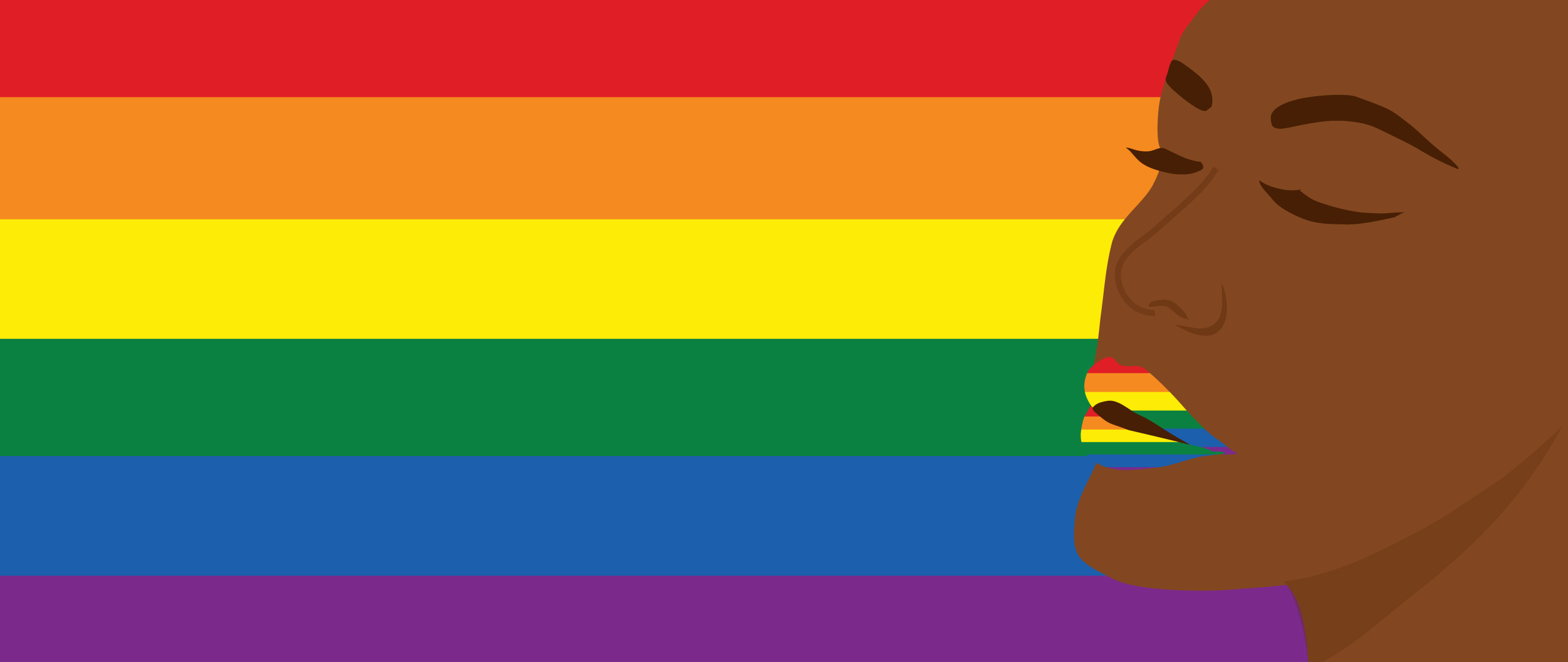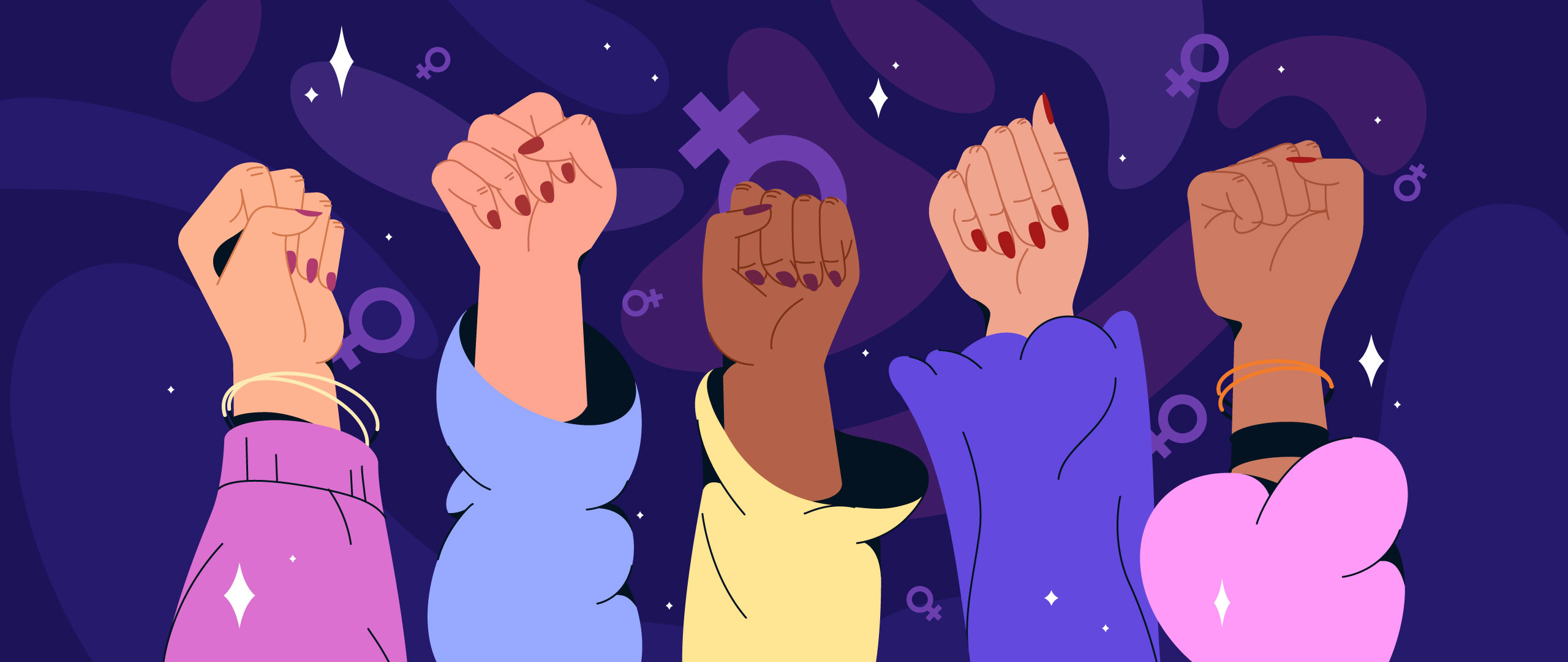War On Privacy: Surveillance As A Feminist Issue
"Arguing that you don't care about the right to privacy because you have nothing to hide is no different than saying you don't care about free speech because you have nothing to say." -Edward Snowden
We are living in an age where surveillance has become an integral part of our daily lives -whether it's through satellites, CCTV cameras, or simply the use of license-plate readers- being constantly monitored in public spaces has become the norm. And, as our reality shifts to the online sphere, surveillance has taken a digital form and data collection and storing has become the default.
While both government and private surveillance practices are ever expanding, the fight against indiscriminate surveillance and for privacy rights is still impeded by the nonchalant attitude of “I have nothing to hide”. Lacking or perhaps even lost in this debate are efforts to integrate a gender perspective into the issue.
My Data My Right
Digital advancement has always been a subject of heated debate. Technology has innumerable benefits and has been an essential tool in the effort for advocacy for gender and human rights as well as making everyday life easier. However, while some are more willing to allow for data collection and mining in favor of a more enjoyable and unique experience online, for others the issue is deeper than easy scrolling and targeted ads.
For women and other marginalized groups, the information collected is not always used in benign ways. In some patriarchal societies in the MENA region, where control over women and the oppression of those who challenge the heteronormative reality is standard, the stripping of privacy has become a tool for maintaining the status quo. For these groups, privacy from the watchful gaze of those ascribing to a mainstream worldview, has always been a struggle and with the advent of technology, the digital world has become a refuge, where private and intimate thoughts can be protected with a password. Indeed, social media platforms have become the Mecca of people seeking a connection with like-minded people, sharing the same aspirations and ideals.
Meanwhile, with the unprecedented levels of surveillance in the digital sphere, this once haven for vulnerable groups, has become a threat in and of itself. For instance, entrusting fertility and period apps with intimate data can have real-life consequences on women making alternative choices. As a matter of fact, the fragile legislative climate on privacy rights, coupled with the spread of abusive power systems around the world, has rendered sharing personal data to third parties -whether that be the government or private actors- a standard practice of corporations and social media moguls, further exposing the marginalized.
Overlooked Minorities
Record keeping and what that entails of monitoring, and information collection is not a neutral act of objective and unbiased machinery, it is rather based on categorizations; the norm these data collection and handling mechanisms base their algorithms on is one of privileged patriarchal worldview, as such inclusivity and points of intersectionality are often shrugged off.
These categorizations can be extremely harmful; as sorting persons into black and white boxes trivializes and undermines the complexities of social constructs such as gender, racial identities, and sexual orientation. In fact, the lumping of non-normative bodies under the same umbrella in a numbered mechanical manner, particularly when the data is sorted through a racist, sexist, or homophobic algorithm, can lead to their exclusion from public debates about matters that directly affect them.
To conclude, operating under the motto “I have nothing to hide” is simply lulling ourselves into false security and turning a blind eye to the plight of the downtrodden. It is imperative to realize that their vulnerability is never distributed equally. When privacy rights are lost it is often the most marginalized minorities of society who bear the brunt of this loss and those watching on the sidelines are often affected.
The article represents the views of its writer and not that of LEED Initiative.






